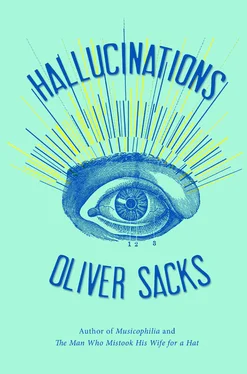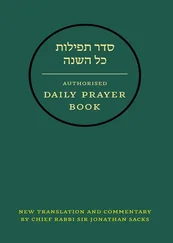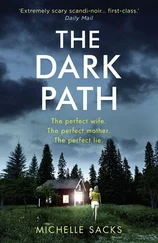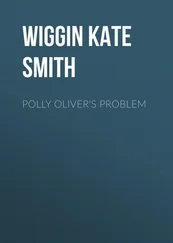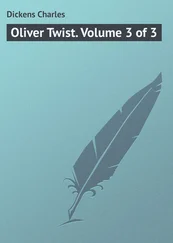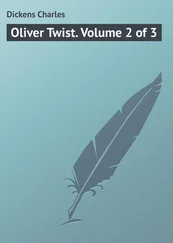Most cases of CBS probably remain at this elementary level of simple patterns or colors. Patients who have simple (and perhaps transient or occasional) hallucinations of this type may not take much notice or remember to report them when they visit a doctor. But some people’s geometrical hallucinations are more persistent. One old lady with macular degeneration, learning of my interest in such matters, described how in the first two years of her visual impairment, she saw
a big blob of light circling around and then vanishing, followed by a colored flag in sharp focus … it looked exactly like the British flag. Where it came from, I do not know.… For the last few months I have been seeing hexagons, often hexagons in pink. At first there were also tangled lines inside the hexagons, and other little balls of color, yellow, pink, lavender, and blue. Now there are only black hexagons looking for all the world like bathroom tiles. 6 6 A particularly good description of hallucinations in CBS (“I See Purple Flowers Everywhere”) is provided by Lylas and Marja Mogk in their excellent book Macular Degeneration , written for patients with this condition.
While most people with CBS are aware that they are hallucinating (often by the very incongruity of their hallucinations), some hallucinations may be plausible and in context, as with the “handsome gentlemen” accompanying Lullin’s granddaughters, and these may, at least initially, be taken as real. 7 7 The reverse may also occur. Robert Teunisse told me how one of his patients, seeing a man hovering outside his nineteenth-floor apartment, assumed this was another one of his hallucinations. When the man waved at him, he did not wave back. The “hallucination” turned out to be his window washer, considerably miffed at not having his friendly wave returned.
With more complex hallucinations, it is typical to see faces, though they are almost never familiar. David Stewart, in an unpublished memoir, described this:
I had another hallucination.… This time it was faces, the most prominent of which was one of a man who might have been a burly ship captain. It wasn’t Popeye, but along those lines. The cap he was wearing was blue with a shiny black visor. His face was grey, the cheeks rather chubby, bright eyes and a decidedly bulbous nose. He was no one I had ever seen before. This was not a caricature, and he seemed very much alive, someone I felt I might like to know. He gazed at me with a benign, unblinking, and altogether incurious expression.
The burly ship captain, Stewart noted, appeared as he was listening to an audiobook biography of George Washington, which included a reference to some sailors. He mentioned, too, that he had one hallucination “which nearly replicated a Brueghel painting I once — and only once — observed in Brussels,” and another of a coach he thought might have belonged to Samuel Pepys shortly after he read a biography of Pepys.
While some hallucinatory faces, like Stewart’s ship captain, seem coherent and plausible, others may be grossly distorted or composed, sometimes, of fragments — a nose, part of a mouth, an eye, a huge head of hair, all juxtaposed in a seemingly haphazard way.
Sometimes people with CBS may hallucinate letters, lines of print, musical notes, numerals, mathematical symbols, or other types of notation. The overall term “text hallucinations” is used for such visions, although for the most part what is seen cannot be read or played and may indeed be nonsensical. My correspondent Dorothy S. mentioned this as one of her many CBS hallucinations:
Then there are the words. They are from no known language, some have no vowels, some have too many: “skeeeekkseegsky.” It is hard for me to capture them as they move swiftly from side to side and also advance and retreat.… Sometimes I catch a glimpse of part of my name, or a version of it: “Doro” or “Dorthoy.”
Sometimes the hallucinated text has an obvious association with experience, as with one man who wrote to me that he would see Hebrew letters all over the walls for about six weeks following Yom Kippur each year. Another man, who was nearly blind from glaucoma, reported that often he saw lines of print in balloons, “like the balloons in comic strips,” though he could not decipher the words. Text hallucinations are not uncommon; Dominic ffytche, who has seen hundreds of people with CBS, estimates that about a quarter of them have text hallucinations of one sort or another.
Marjorie J. wrote to me in 1995 about what she called her “musical eyes”:
I am a 77-year-old woman with glaucoma damage to mostly the lower half of my vision. About two months ago, I started to see music, lines, spaces, notes, clefs — in fact written music on everything I looked at, but only where the blindness exists. I ignored it for a while, but when I was visiting the Seattle Art Museum one day and I saw the lines of the explanatory notes as music, I knew I was really having some kind of hallucination.
… I had been playing the piano and really concentrating on music prior to the musical hallucinations … it was right before my cataract was removed, and I had to concentrate hard to see the notes. Occasionally I’ll see crossword puzzle squares … but the music does not go away. I’ve been told the brain refuses to accept the fact that there is visual loss and fills in — with music in my case.
Arthur S., a surgeon who is also a fine amateur pianist, is losing his vision from macular degeneration. In 2007, he started “seeing” musical notation for the first time. Its appearance was extremely realistic, the staves and clefs boldly printed on a white background, “just like a sheet of real music” — and Arthur wondered for a moment whether some part of his brain was now generating his own original music. But when he looked more closely, he realized that the score was unreadable and unplayable. It was inordinately complicated, with four or six staves, impossibly complex chords with six or more notes on a single stem, and horizontal rows of multiple flats and sharps. It was, he said, “a potpourri of musical notation without any meaning.” He would see a page of this pseudo-music for a few seconds, and then it would disappear suddenly, replaced by another, equally nonsensical page. These hallucinations were sometimes intrusive, and might cover a page he was trying to read or a letter he was trying to write.
Though Arthur has been unable to read real musical scores for some years, he wonders, as Marjorie did, whether his lifelong immersion in music and musical scores might have determined the form of his hallucinations. 8 8 I have heard from at least a dozen people who, like Arthur and Marjorie, hallucinate musical notation; some of them have eye problems, some parkinsonism, some see music when they have a fever or delirium, some see it hypnopompically when they awaken. All but one are amateur musicians who often spend many hours a day studying scores. This very specialized and repetitive sort of visual study is peculiar to musicians. One may read books for hours a day, but one does not usually study print itself in such an intensive way (unless one is a type designer or proofreader, perhaps). A page of music is far more complex visually than a page of print. With musical notation, one has not just the notes themselves but a very dense set of information contained in symbols for key signatures, clefs, turns, mordents, accents, rests, holds, trills, etc. It seems likely that intensive study and practice of this complex code somehow imprints it in the brain, and should any tendency to hallucination later develop, these “neural imprints” may predispose to hallucinations of musical notation. And yet people with no particular training or even interest in music may also have hallucinations of musical notation, as Dominic ffytche has pointed out. In a letter to me, he wrote, “although prolonged exposure to music increases the likelihood of musical eyes, it is not a prerequisite.”
Читать дальше
